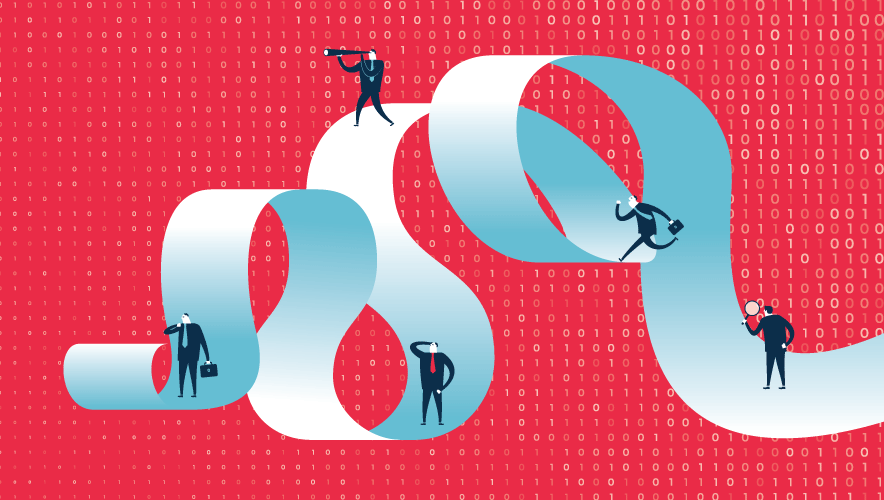How to Overcome Stigma About Employer-Sponsored Mental Health Programs
A team of researchers conducted a social experiment to discover how to increase participation in a company’s mental health initiative. Of the methods they studied, sharing the experiences, or stories, from people who had used the service had the most measurable positive effect.
The researchers described their findings in a Harvard Business Review article, which setup the issue with this quote from an employee at Novartis, the company that participated in the researchers’ study:
“I almost scheduled an appointment about a dozen times. But no, in the end I never went. I just wasn’t sure if my problems were big enough to warrant help and I didn’t want to take up someone else’s time unnecessarily.”
The study involved 2,400 Novartis employees in India, Ireland, Malaysia, and the United Kingdom. The company had trained more than 1,000 employees to be mental health first responders to serve in a peer-to-peer support program. Despite enthusiasm for the initiative, use of the program was lackluster.
The researchers developed a few different methods designed to overcome privacy concerns and usage concerns employees had about the program.
Reinforcing messaging about the anonymity of participating did not impact the likelihood of an employee using the service. The researchers also shared two stories from people who had used the service: one who had experienced less severe work anxiety and stress issues, and a second, more severe story, where the employee was struggling with depression and issues outside of work, including an abusive relationship.
The researchers found that reinforcing anonymity did not have an affect on participation. However, sharing peer stories increased the odds of participation—by 8 percent for the mild story and 7 percent for the severe story.
“Our findings illustrate the power of storytelling in encouraging seeking mental health support,” the researcher wrote. “They also align with prior research on stigma showing that employees might not access mental health resources because they (wrongly) assume that anxiety and worry are ‘normal’ and do not warrant professional help. The different stories shared by other colleagues seemed to have helped expand the definition of mental health to include daily challenges such as anxiety and stress.”
The Novartis program is based in the principle that laypeople can be trained in the basics of cognitive behavioral therapy and serve as mental health resources to peers.
“The principles of frontline intervention are not as complex as one might think and can be readily learned by nonclinicians,” a different Harvard Business Review article said. “Specifically, cognitive behavioral therapy, a talking treatment that focuses on the connection between thoughts, emotions physical sensations, and behaviors, is increasingly being taught to managers as part of mental-health first-air courses.”
A recent Security Management article offered six ways managers can prioritize security officer mental health:
- Watch for signs of burnout
- Understand that one’s personal life can amplify job stressors
- Allow time for breaks and resets
- Prioritize engagement
- Foster a respectful environment
- Advocate for additional resources
The article was part of a package of resources on mental health for security professionals. In fact, Security Management has several resources on the importance of mental health in the security practice and guidance on how to improve in this area. “Engaging Employees on Their Mental Health” and its accompanying infographics derived from a ASIS webinar on the topic gives advice to managers who want to engage their employees on mental health issues.
Sarah Powell, former director of emergency management at Temple University, also wrote an article giving tips to managers on how to manager their team’s mental wellness. Powell is also the author of an upcoming piece on toxic workplaces that will be published in May.











